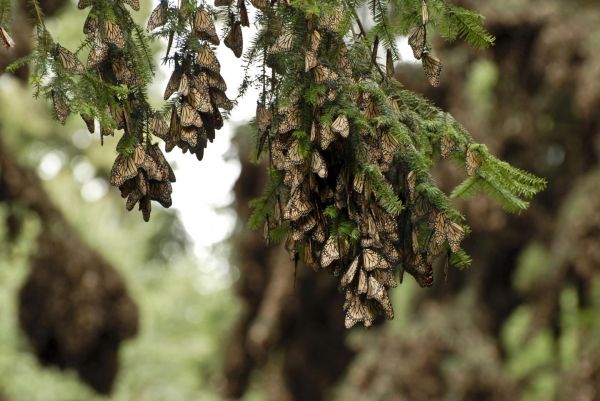A 37-year survey of monarch populations in North Central Florida shows that caterpillars and butterflies have been declining since 1985 and have dropped by 80 percent since 2005.
This decrease parallels monarchs’ dwindling numbers in their overwintering grounds in Mexico, said study co-author Jaret Daniels, associate curator and program director of the Florida Museum of Natural History’s McGuire Center for Lepidoptera and Biodiversity.
“It’s alarming in a number of different ways,” said Daniels, who is also an associate professor in the University of Florida’s department of entomology and nematology. “This study shows the tight connection between monarchs and milkweed and highlights very dramatic losses in abundance in Florida that further confirm the monarch is declining.”
While the drivers of the decline are not clear, the researchers said shrinking native milkweed populations and a boost in glyphosate use in the Midwest are part of the problem.
Read more at Florida Museum of Natural History
Image: A 37-year survey of Florida monarch populations showed a steep decline, likely due to shrinking milkweed habitat and a boost in glyphosate use. Florida's spring breeding monarchs replenish populations in the northern US. (Credit: Florida Museum photo by Kristen Grace)


